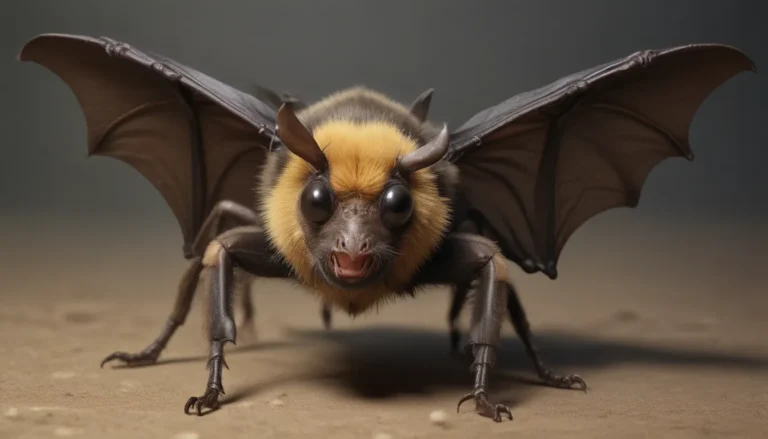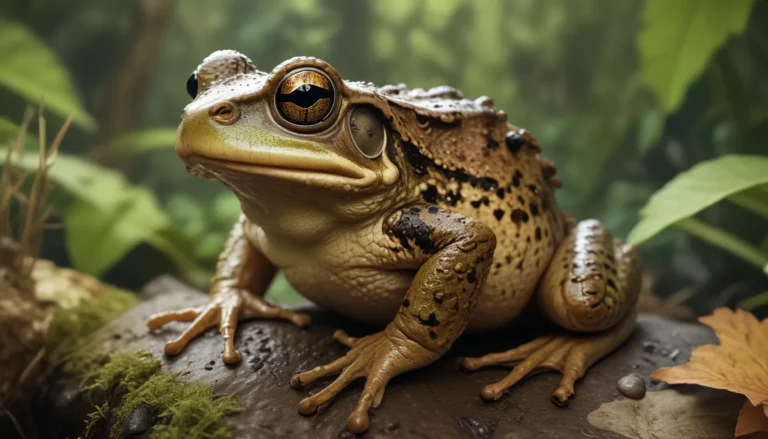The pictures we use in our articles might not show exactly what the words say. We choose these pictures to make you interested in reading more. The pictures work together with the words but don’t take their place. The words still tell you the important facts.
Introduction
Teacup dogs have captured the hearts of many pet enthusiasts with their adorably small size and undeniable cuteness. These pint-sized pooches, often weighing less than 5 pounds when fully grown, have become increasingly popular in recent years. However, behind their charming appearance lies a world of fascinating facts, important considerations, and potential health concerns that every prospective owner should be aware of.
In this comprehensive guide, we'll delve into the world of teacup dogs, exploring their origins, characteristics, and the various breeds that fall into this category. We'll also discuss the controversies surrounding their breeding practices, the special care they require, and the ethical considerations that come with owning these tiny companions. Whether you're considering adding a teacup dog to your family or simply curious about these miniature canines, this article will provide you with all the essential facts about teacup dogs you need to know.
Key Takeaways
- Teacup dogs are extremely small versions of already small dog breeds, typically weighing 5 pounds or less when fully grown.
- Popular teacup dog breeds include Yorkshire Terriers, Pomeranians, Chihuahuas, and Maltese.
- These tiny dogs are prone to numerous health issues due to their small size, including hypoglycemia, heart defects, and bone fragility.
- Teacup dogs require special care, including frequent meals and extra protection from potential injuries.
- The breeding of teacup dogs is controversial due to ethical concerns and potential health risks.
- Prospective owners should thoroughly research and consider adopting from shelters instead of purchasing from breeders.
Fascinating Facts About Teacup Dogs
1. Definition and Size
Teacup dogs are not officially recognized as a distinct breed category by major kennel clubs. Instead, they are extremely small versions of existing toy breeds. These diminutive canines typically:
2. Popular Teacup Dog Breeds
While not officially recognized, several small dog breeds are commonly bred as teacup varieties:
3. Breeding Practices
The creation of teacup dogs involves specific breeding techniques:
4. Health Concerns
Due to their extremely small size, teacup dogs are prone to numerous health issues:
5. Lifespan and Care Requirements
Owning a teacup dog comes with unique care considerations:
6. Cost and Popularity
Teacup dogs have gained popularity as "designer" pets:
7. Ethical Considerations
The breeding and ownership of teacup dogs raise several ethical questions:
The Origins of Teacup Dogs
The concept of teacup dogs is relatively recent in the history of dog breeding. While small dog breeds have existed for centuries, the intentional breeding of dogs to achieve extremely small sizes gained popularity in the late 20th and early 21st centuries.
The term "teacup" itself is not a scientific classification but rather a marketing term used to describe dogs that are smaller than the standard size for their breed. This trend began as a response to the growing demand for ever-smaller companion dogs, particularly in urban environments where space is limited.
However, it's important to note that reputable breed organizations do not recognize teacup dogs as a distinct category. The American Kennel Club (AKC) and other major kennel clubs have expressed concern over the breeding practices used to create these tiny dogs and the potential health risks associated with them.
The Controversy Surrounding Teacup Dogs
The breeding and popularity of teacup dogs have sparked significant controversy within the dog breeding community and among animal welfare advocates. Here are some of the key issues:
Caring for a Teacup Dog
If you're considering adding a teacup dog to your family, it's crucial to understand the special care they require:
The Future of Teacup Dogs
As awareness grows about the health issues and ethical concerns surrounding teacup dogs, there's been a shift in public opinion. Many animal welfare organizations and responsible breeders are advocating for:
FAQ About Teacup Dogs
Are teacup dogs recognized by kennel clubs?
No, major kennel clubs do not officially recognize teacup dogs as a distinct category.
How long do teacup dogs typically live?
The average lifespan of teacup dogs is around 12-15 years, though this can vary based on breed and individual health.
Are teacup dogs good with children?
While they can be affectionate companions, teacup dogs are very fragile and may not be suitable for households with young children.
How much do teacup dogs cost?
Teacup dogs can be very expensive, with prices ranging from $750 to $3500 or more.
Can teacup dogs be left alone during the day?
Due to their small size and frequent feeding requirements, teacup dogs generally shouldn't be left alone for long periods.
Conclusion
Teacup dogs undoubtedly possess an irresistible charm that has captivated many dog lovers. Their tiny size and cute appearance make them seem like the perfect pocket-sized companions. However, as we've explored in this article, the world of teacup dogs is complex and fraught with important considerations.
While these diminutive canines can make loving pets for the right owners, it's crucial to approach the decision to bring a teacup dog into your life with a full understanding of the responsibilities and potential challenges involved. From their specialized care requirements to the ethical concerns surrounding their breeding, teacup dogs represent a significant commitment. Prospective owners should carefully weigh the pros and cons, considering not just the appeal of a tiny, adorable pet, but also the dog's quality of life and long-term wellbeing. Ultimately, responsible pet ownership involves making informed decisions that prioritize the health and happiness of our canine companions, regardless of their size.






